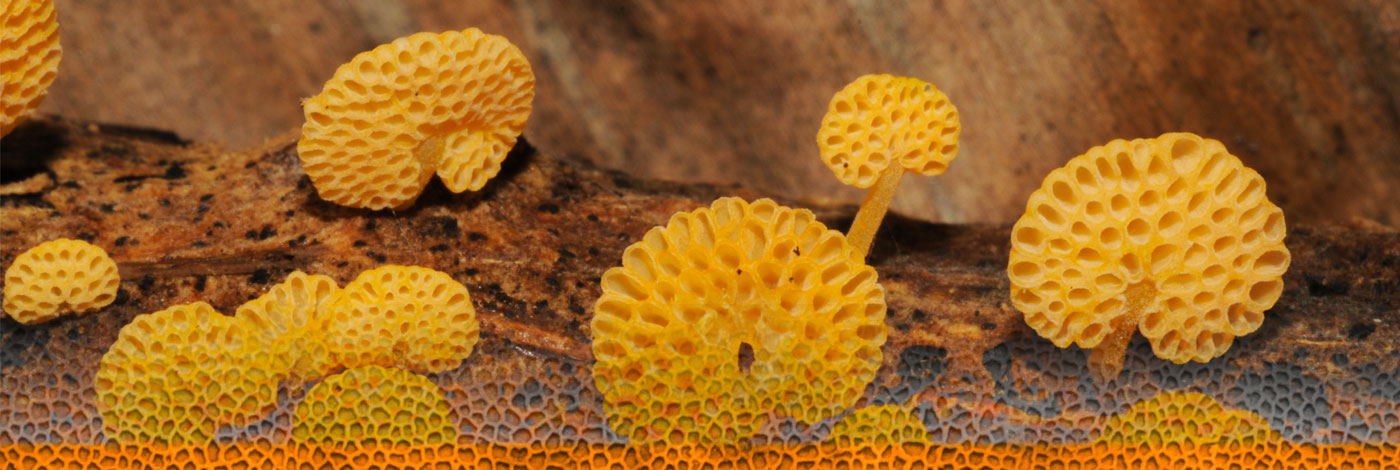

 Cryptogamie, Mycologie
38 (4) - Pages 409-434
Cryptogamie, Mycologie
38 (4) - Pages 409-434Dactylonectria and Campylocarpon are two related genera of Hypocreales sharing a cylindrocarpon-like asexual morph, mostly known as soil-borne pathogens. During a study of the fungal communities of roots (endophyte) and rhizoplanes of plants growing in a layer of compost-like vegetal materials covering crude oil ponds in rain forest areas of the Amazonian Ecuador, a set of isolates with a cylindrocarpon-like asexual morph were studied. Multilocus phylogenetic inferences (based on partial DNA sequences from nuclear ribosomal DNA genes (ITS, 28S) and the housekeeping genes b-tubulin, translation elongation factor 1-α and Histone 3) and morphological studies revealed the occurrence of five undescribed species, of which four belong to Dactylonectria and one to Campylocarpon. They are described as Dactylonectria amazonica, D. ecuadoriense, D. polyphaga, D. palmicola and Campylocarpon amazonense.